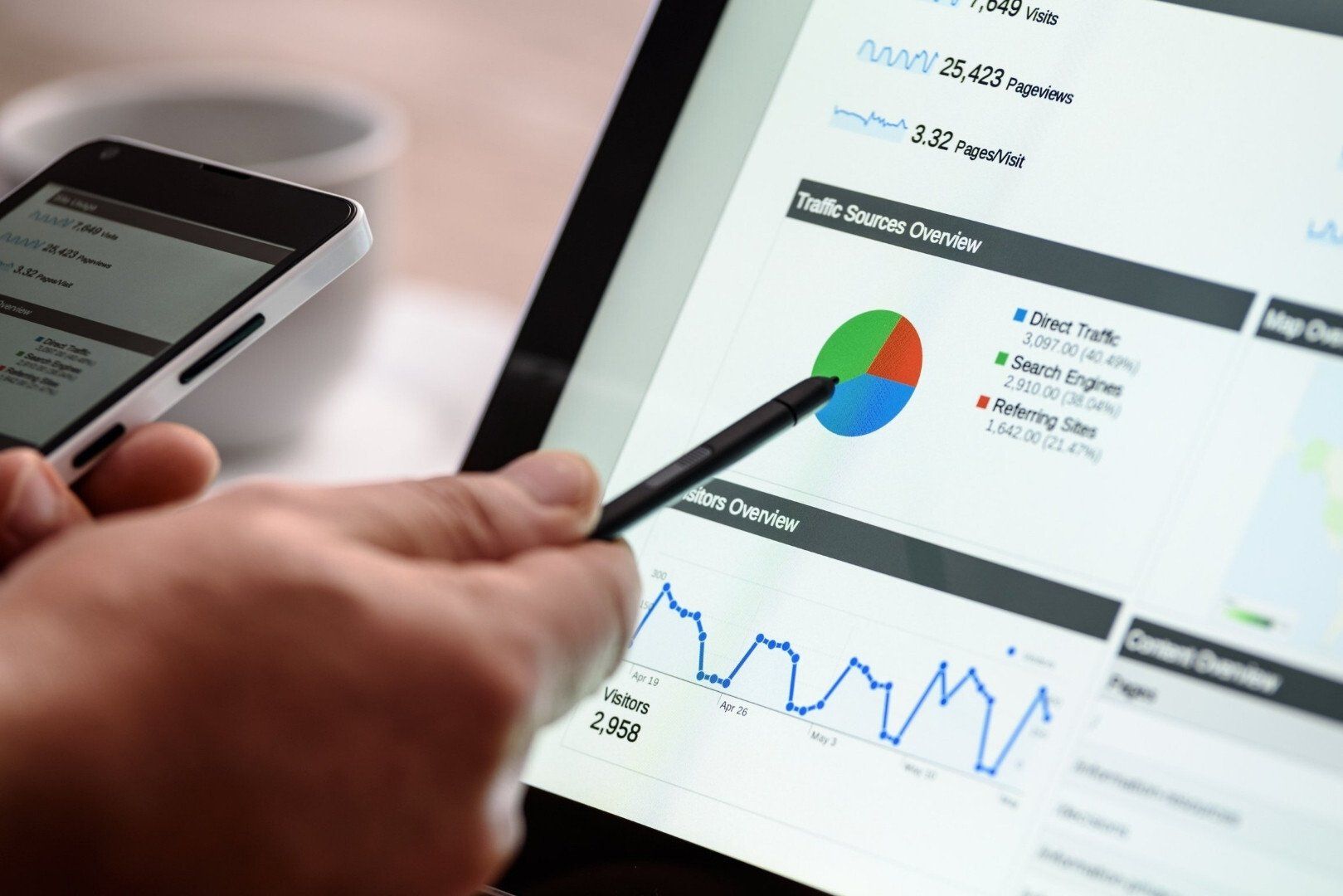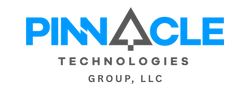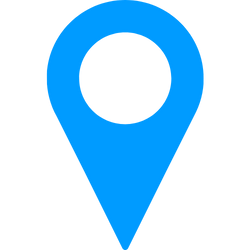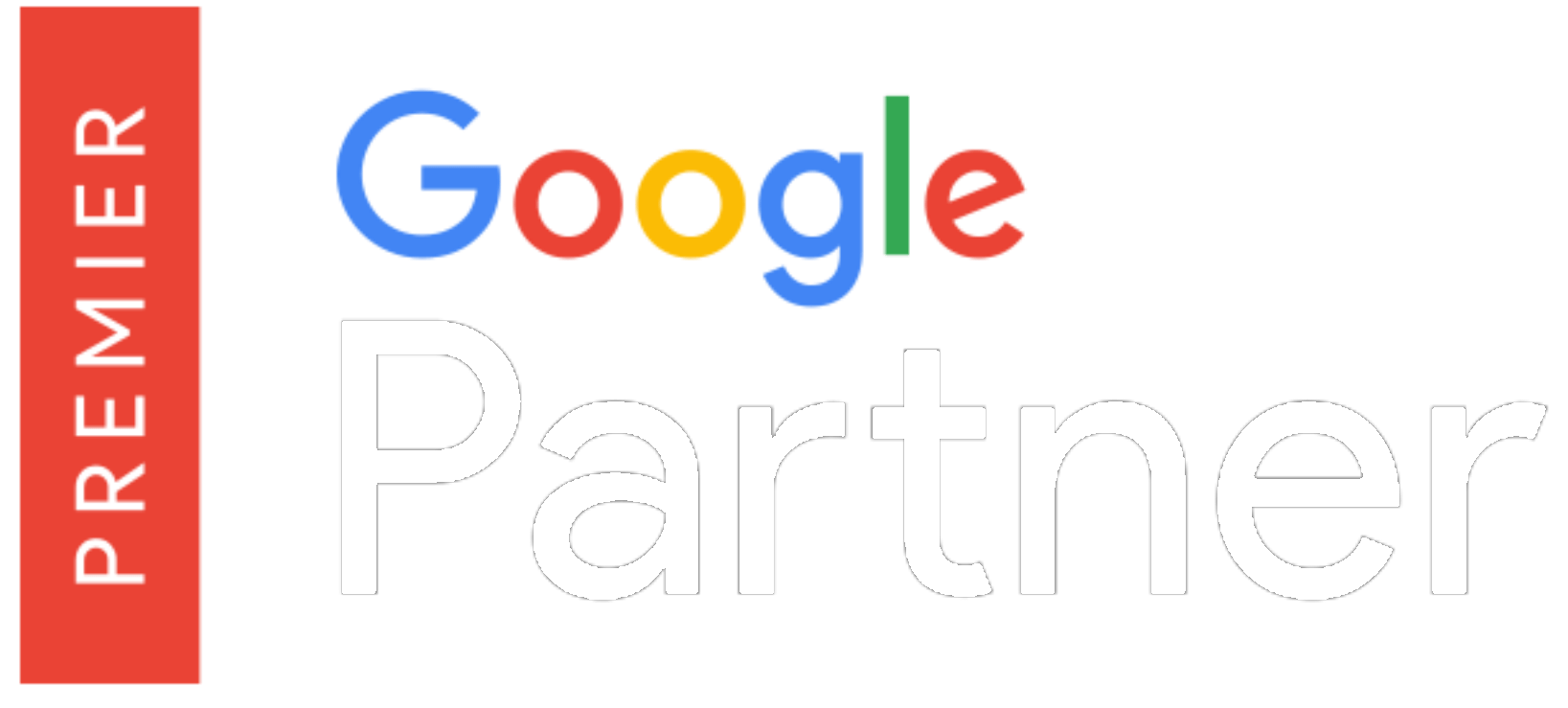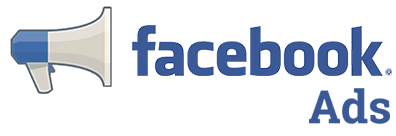info@pinnacletechnologies.ai
4 Key Ways to Boost Your PPC Ad Performance
1. Make your Ad Copy Relevant
With the shift toward responsive search ads (RSA), you certainly have enough space to run all of your different USPs and calls-to action. But what truly sets a campaign apart from others? Having better “Input." That means ensuring that every headline variation is as relevant for someone seeing it on Google as possible - which can be done by identifying hot topics or keywords within their industry before running any advertisements utilizing this platform! For example, we at Pinnacle Technologies, ran some studies exploring health, more specifically parent's interest in weight loss products--and found one particular group would rather hear about.
We focused our USPs with how we were able to provide protection for the family while also highlighting personal benefits.
Our result? This led not only higher click-through rates but stronger conversions as well! You can test different messages depending on who you are targeting--someone aged 12+ will respond better if they're looking at an app Thinking Putty® whereas children under age 10 would be more interested in doing something like painting a picture with oil pastels first before installing anything onto their phone or tablet."
Want to know the secret behind PPC success?
The key is in knowing how and when you should serve ads.
This will give your campaigns a better chance at performing well, right?! Not quite...
Here are four ways to boost your paid search performance.
2. Understanding Your Audience
Poorly intentioned clicks are not as valuable to your business. How do you identify these low value pokes?
One way is finding the connection between their online behavior and what they produce when it comes time for them convert! For example, we noticed one client who found that people who stayed logged in for longer periods were 2X more likely than average users visit product page after being redirected from another site like Amazon or eBay - this showed us there might be something special about our offer pages since those visitors usually don't stay around long enough otherwise...
We used custom audience segments in Google Analytics to layer them onto our campaigns. This provided an extra signal, which allowed us adjust spend on different types of traffic and prioritize high performers with more valuable leads for less money spent per click or acquisition channel (this means you).
3. Timing Your PPC Ads
The purchase cycle length of your product unlocks powerful insights to guide your investment. You might think you’re not wrong, but searchers often won't convert right away- so it's best if we know when they're close!
Working with many clients across various niches has broadened our knowledge and experience. For example,
This year, we found the best time to push our budget-hopping client's cruise offerings is 45 days before Christmas. This was thanks in part by a recent analytics report that showed consumers start researching options for high price point packages associated with VALUE trips around this period of year; they are looking at things like when each ship will be arriving and what kind or fare deals come included within them - which means there could potentially even more interest from potential customers if you get your marketing campaign started early!
We knew exactly when to switch up different campaigns and maximize our dollars depending on the package's various audience segment targeting. We shortened purchase cycle lengths by 14 days, which in turn maximized ROI for cheaper packages while achieving greater client booking goals than ever before!
4. Utilizing Proper Keywords
Lower funnel keywords convert better. That's true in most SEM playbooks—and it should be a priority for any marketer who wants to reduce their CPA while increasing investment on high-converting, long tail terms (that will lead them towards more sales).
Moral: If you don't have enough budget or time allocated towards optimizing your online presence by targeting those with low purchase intent but high interest in what they're selling; now might actually make sense as an opportunity!
One of the most important factors to consider when setting up your attribution model is how long an advertisement's window for tracking performance should be. If you sell a big-ticket item, such as furniture or appliances (which typically have longer lead times than other goods), then it makes sense that advertisers would want their customers' credit reports lag behind by two months so they can see all customer behavior leading up until making purchases on these highly valued products."
